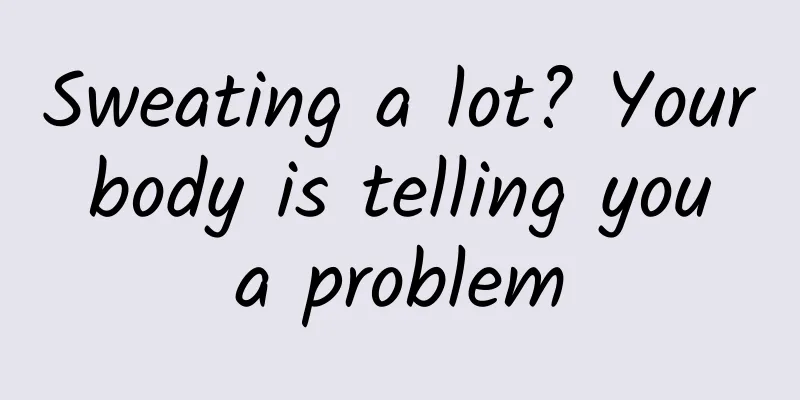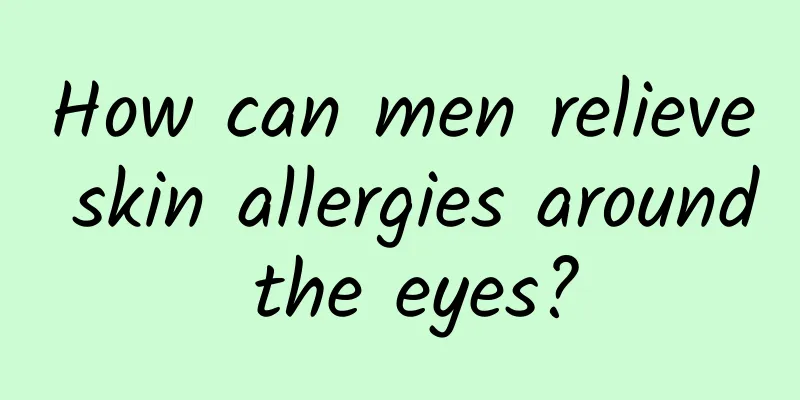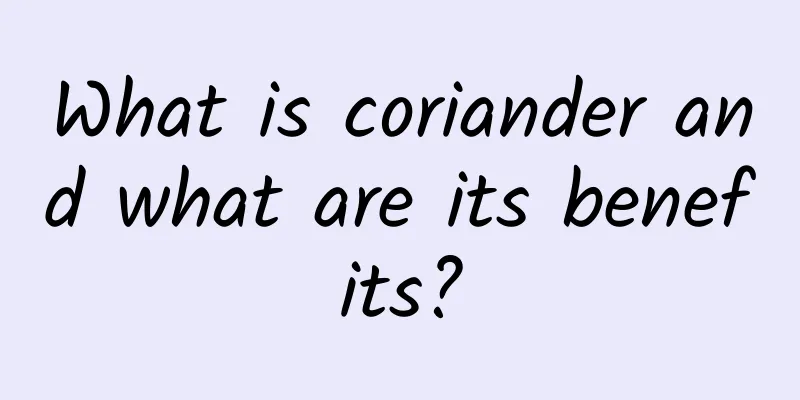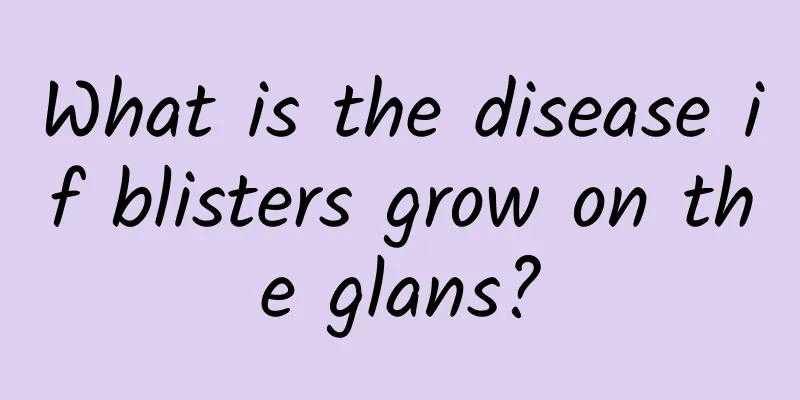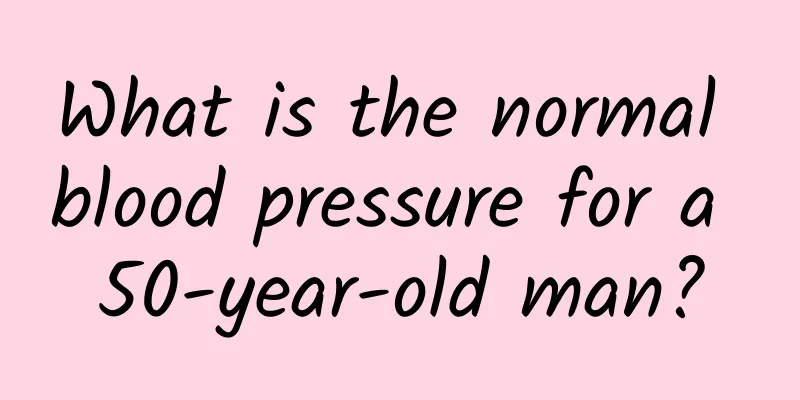The cause of convulsions may be related to three diseases
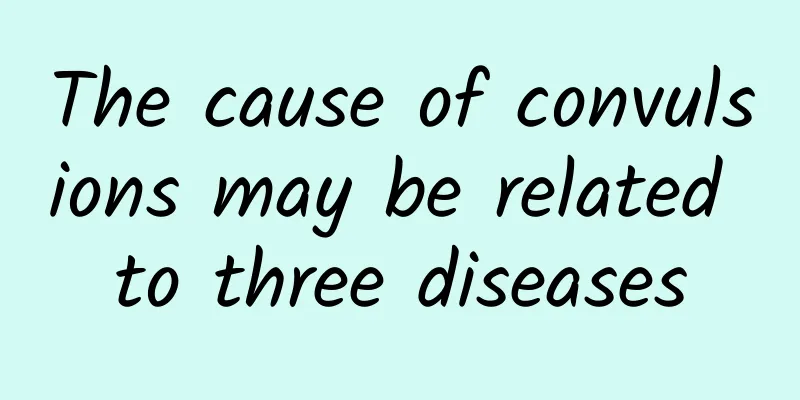
|
Umbilical cord convulsion is a common symptom in children with fever. Generally speaking, there are certain reasons for the convulsion in children. So, what are the causes of convulsion in children? 1. High fever High fever is the most common cause of convulsions in children, without a doubt. The pathological process of febrile seizures is as follows: Since infants' brain nerves are prone to uncontrolled "discharge", they are far less stable than adults' brain nerves. Rapidly rising body temperature causes abnormal discharge of brain cells, resulting in sudden unconsciousness, stiff limbs and twitching, foaming at the mouth, drooping eyeballs, blue lips, etc. Febrile convulsions often occur within 24 hours of fever. Most of them are systemic convulsions. The duration of the attack is relatively short, usually about 15 minutes. Febrile convulsions are common in children aged six months to five years old. In Taiwan, the incidence rate of children under six years old is 3-4%. About 20-40% of children with febrile convulsions have a family history of febrile convulsions. Children with febrile seizures usually have good energy after a short sleep after the convulsion, unlike those with meningitis, encephalitis or other problems who suffer from continuous drowsiness. 2. Epilepsy Epilepsy usually presents as recurrent convulsions with temporary disturbances of consciousness and sensation. It is mainly caused by incomplete development of the child's nervous system, which leads to excessive abnormal discharge of the cerebral cortex due to stimulation. When a pediatric convulsion occurs due to epilepsy, most children will become unconscious, with their eyes closed or half-closed, their eyeballs rolled up, their teeth clenched, the corners of their mouth twitching, their heads tilted back, their limbs flexing and extending repeatedly, their lips becoming bluish, and their bodies becoming rigid. This condition can last from a dozen seconds to several minutes. Epilepsy is a disease with a family history. There are various causes of epilepsy in children, and the clinical manifestations vary. First of all, the cause should be identified and the diagnosis should be determined. If appropriate treatment is selected and the child takes the medicine on time and in the prescribed amount according to the doctor's instructions, the condition of most children can be controlled or cured. 3. Tetanus The cause of tetanus is a specific infection after trauma. Neonatal tetanus is often caused by improper disinfection of the umbilical cord. The typical symptom of tetanus is paroxysmal severe spasms based on muscle tonic contraction (muscle rigidity and stiffness). Usually the first muscles affected are the masticatory muscles, followed by the facial expression muscles, neck, back, abdomen, limb muscles, and finally the diaphragm. The above seizures can be triggered by mild stimulation, such as light, sound, touch, drinking water, etc. |
<<: Men with kidney deficiency and hair loss should choose these three recipes for dietary treatment
>>: How to match men's jeans to look good?
Recommend
What medicine is good for scrotal eczema
Scrotal eczema literally means eczema around the ...
How to get a Capricorn man?
I believe that many people are very familiar with...
Bleeding from abrasions on the glans penis
The glans penis is very sensitive. If there is ab...
What is the best medicine for erectile dysfunction?
Erectile dysfunction is also called impotence in ...
How to Check for Varicose Cord
Varicose cord is a type of male reproductive syst...
Can prostatitis heal itself? Can prostatitis heal itself?
One of the most common diseases among men is pros...
How much does circumcision cost?
How much does a circumcision cost? The cost of ci...
Penis papules pictures and symptoms
Pearly papules are small reddish papules located ...
Causes of male body weight
Men generally do physical work, which means they ...
A must-have for foodies: how to make coriander and tofu soup!
Tofu is one of the most common ingredients on the...
What causes painful urination after ejaculation?
Spermia refers to the situation where semen is di...
What to do if it hurts when you urinate?
Both men and women have urethra. And they all nee...
Running tips: Is it good to run at noon?
For some office workers, the two hours at noon ar...
How can men increase their abdominal muscles?
There are many ways for men to enlarge their abdo...
Male urethral fistula
Even if we don't have medical expertise, we a...
